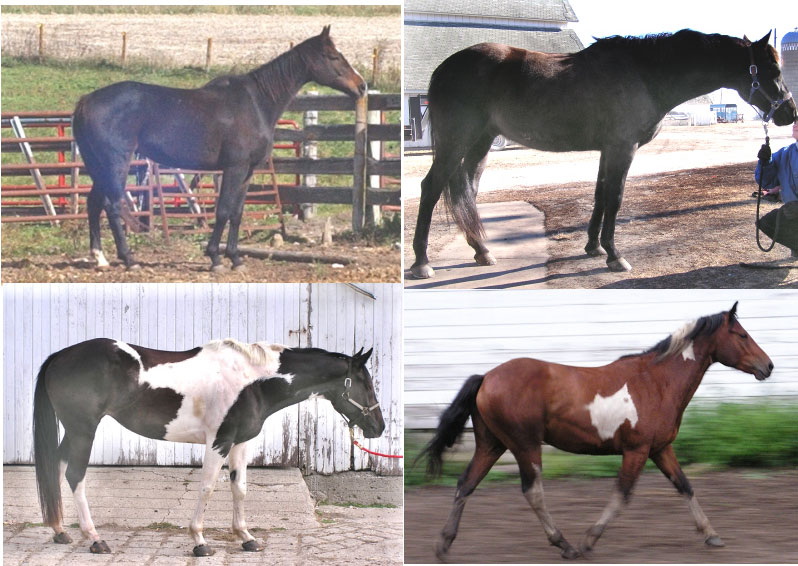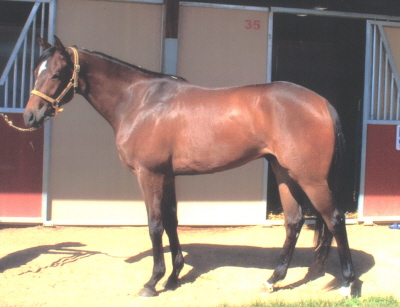Top line is related to length of body but, there are some specific points to consider when looking at a horses back. I prefer the back to be short even more important I want the loin to be short. My main reasoning is form to function of the athlete horse. Remember physics in high school? The shorter the bar the stronger it is. You know you can break a long stick but not a short one….. Same with a horses back the shorter the stronger. The form of rounding UP in the back, to do the more balanced athletic movements requires the horse to have strength in his top line.
In addition to a short TOPLINE if prefer a long belly. The truth is that these two things are related to the angles of the hips and shoulders – which many people struggle to see and understand. I struggled to “see” shoulder angles for years, until I started to compare toplines and bellies it didn’t become clear to me how the differences effect movement. Additionally its more readily seen on a thinner muscled horse like a Thoroughbred than a heavy muscled horse like an old fashioned Quarter Horse. Thus my approach here.
Below I have a picture of a Thoroughbred with a short back and short loin, the two don’t always come together but often they do. He has a fairly long belly (because he is standing leaning forward it appears shorter) None the less his elbow could be further forward pushing the point of his shoulder forward making his shoulder angle less upright and more horizontal. (the angle from the point of the shoulder to the point of the wither)
This is a good picture to see the angles of the horses shoulder and hip (just because of the way the light hits).
Speaking athletically the more horizontal the shoulder the longer step he can take in front. The pendulum can swing further forward. Generally speaking the foreleg does not go beyond the angle of the shoulder angle. Luckily I have a perfectly placed gate in the back ground that is just slightly behind the maximum shoulder angle. You can see then he really will not take a HUGE stride in front.(further than the gate but not a lot) Again, he is leaning a bit forward but over all he could have a nicer shoulder (longer belly).
 This lovely grey horse has a long back and a long loin (but not a strong back) – its a bit hard to see on this photo because of the angle. This horse also has a long belly but in relation to his back its not helpful because it doesn’t push the shoulder angle forward (horizontal). He was one of my all time favorite horses, very excellent at what he did but, he was NOT very athletic.
This lovely grey horse has a long back and a long loin (but not a strong back) – its a bit hard to see on this photo because of the angle. This horse also has a long belly but in relation to his back its not helpful because it doesn’t push the shoulder angle forward (horizontal). He was one of my all time favorite horses, very excellent at what he did but, he was NOT very athletic.
The last picture is pretty good shot it shows the front leg parallel to the shoulder angle at (close to) maximum extension. This horse was showing off and playing, he was not physically fit and will improve in movement a bit as his condition improves. The information we want to get across here is the forearm(leg) and shoulder are parallel when forward and the leg extension will not break the plane of the shoulder angle. SO if you want a horse with a BIG extension in front he needs to have a more horizontal shoulder compared to vertical. If the horses elbow sets in front of a plumb line dropped from the whither the angle of the shoulder will be more horizontal than vertical.









